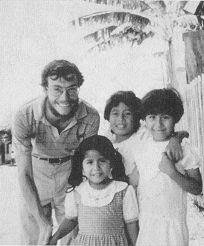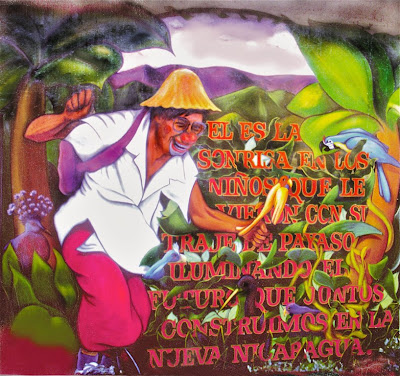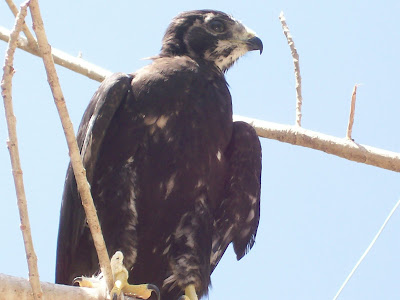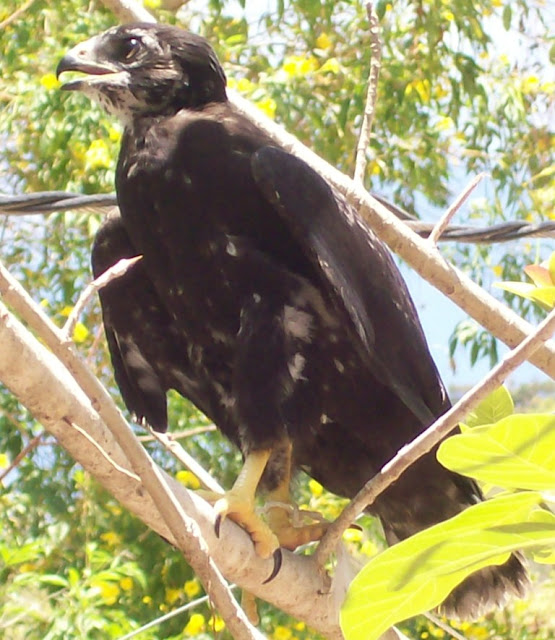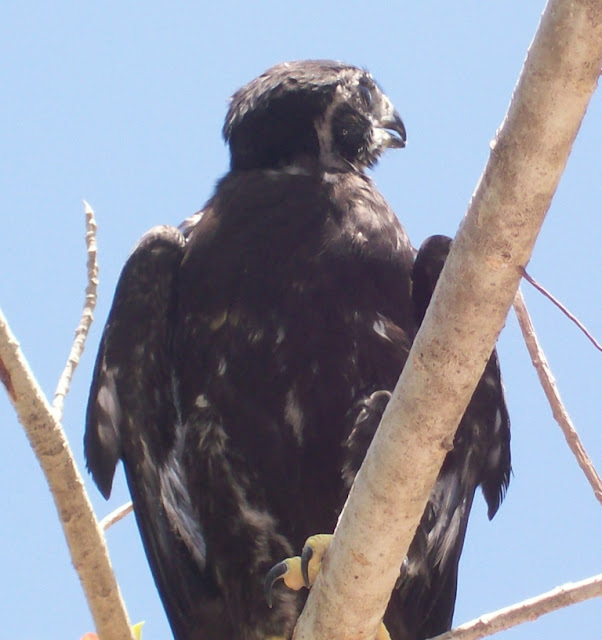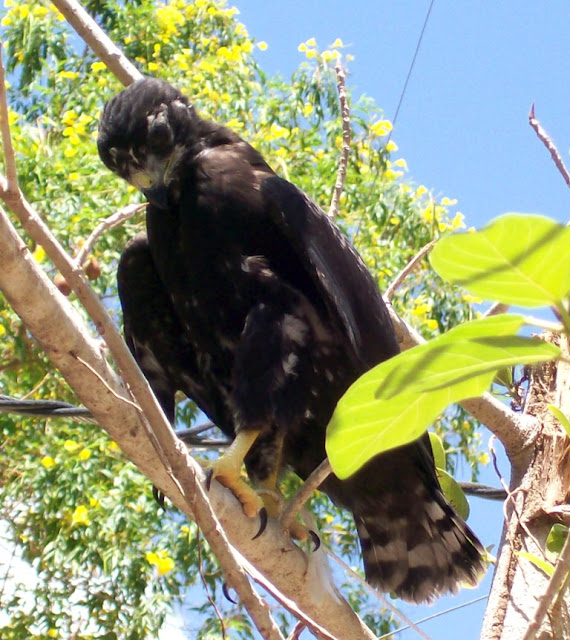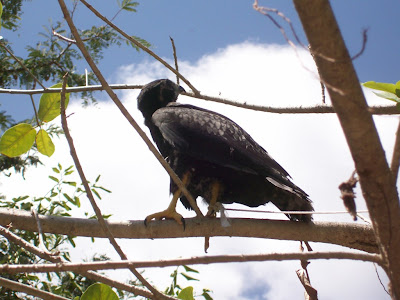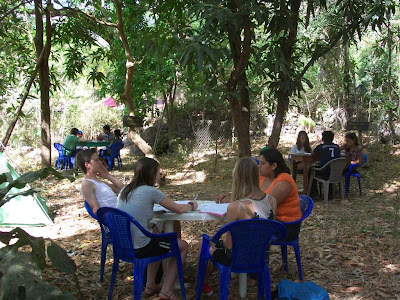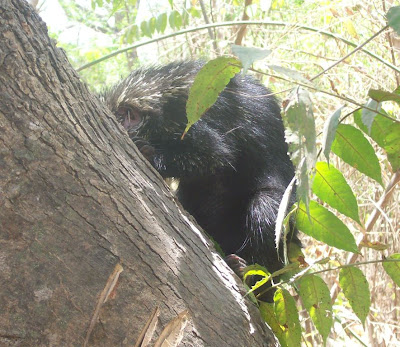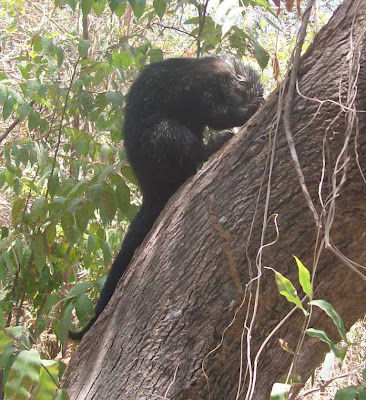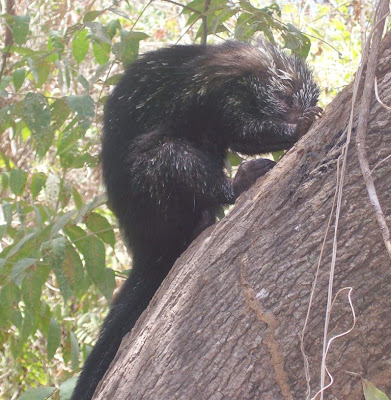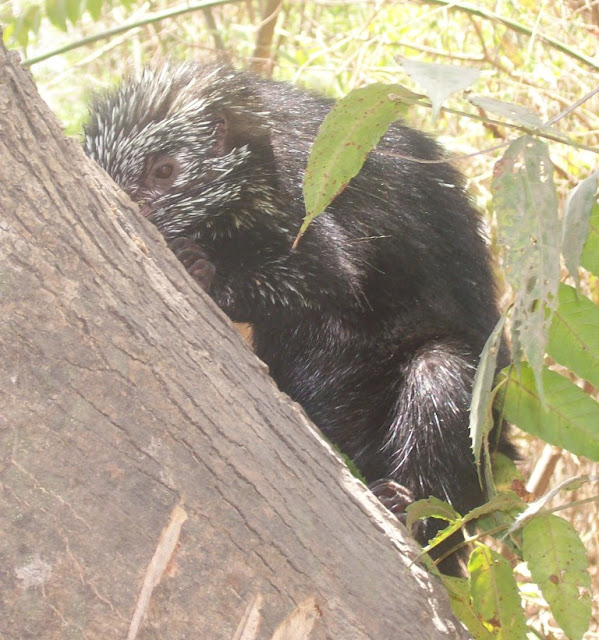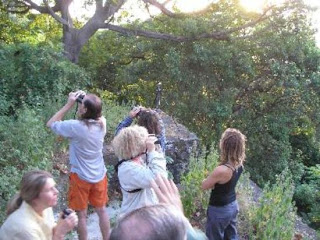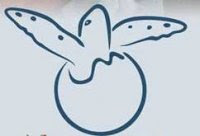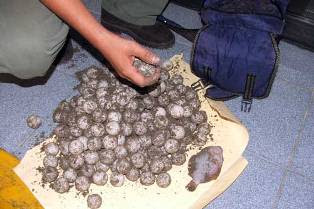Benjamin Linder Lives in the Hearts of Those Who Follow.
Ben Linder died 24 years ago this week, victim of a senseless act of war. He was killed in a targetted, terrorist attack, along with two Nicaraguan co-workers, while building a small hydroelectric dam project to provide electricity to San Jose de Bocay, in northeastern Nicaragua. The arms, training, and motivation behind his death were provided by members of the US security apparatus. Did Ben Linder threaten the US government or people with his actions? The following editorial was published on the twentieth anniversary of his death (El Nuevo Diario 28 April, 2007).
Recordando a Benjamín Linder
Jeffrey McCrary *Desde el primer momento, hace veinte años atrás, que tuve conocimiento de Nicaragua, ésta ocupó mi conciencia, aunque no me di cuenta del momento y de sus repercusiones hasta mucho depués, gradualmente. Ese día en que Benjamín Linder, un joven norteamericano, ingeniero, payaso completo con su narizón rojo, maquillaje y uniciclo, murió asesinado en San José de Bocay, un 28 de abril de 1987.
No supe que este maravilloso hombre existía hasta unas semanas después de su muerte, cuando sus padres visitaron mi entonces ciudad de habitación, Houston, Texas. Sus padres me narraron en términos sencillos y directos la breve historia de Ben en Nicaragua como voluntario en la construcción de proyectos de generación de energía sostenible para brindar electricidad a pueblos remotos por primera vez. El pueblo de El Cua recibió electricidad y estuvo en camino un segundo proyecto hidroeléctrico en San José de Bocay. Aún recuerdo sentirme conmovido cuando me relataron sobre sus esfuerzos para ayudar a gente opromida por inmensas escalas de pobreza, ignorancia e injustia, y cómo su vida se acortó cuando se hizo blanco de un lado que luchaba contra otro en una guerra salvaje que consumió a ese inocente y pecoso con igual ferocidad. Perdió su vida con una bala tirada a poca distancia después de caer herido al ser impactado por un morterazo, dejando así en camino su segundo proyecto de generación hidroeléctrica para que otras almas valientes lo terminaran.
Para muchos ciudadanos estadounidenses como yo, Nicaragua se hizo un caldo de ideas e ideologías, de estrategias de resistencia y de combate, y de protestas pacíficas rotas por chorros de sangre. Ben Linder y muchos otros, en ambos lados de esa década terrible, se hicieron héroes de algún tipo, y sus imágenes fueron muchas veces utilizadas para hacer llamados a favor de su causa política sagrada. Pero la historia de Ben, quien nunca deseaba ser mártir y héroe, hizo llamado a algún sentido privado mío. Como Jesús siglos atrás convirtió el agua en vino, Ben hizo electricidad de ella para pueblos de los cerros remotos. Me fascinó el concepto de que uno puede usar sus talentos al servicio de otros, tanto como me decepcionó y confundió la agridulzura de sus esmeros.
Estos veinte años me han regalado muchas experiencias y conocimientos sobre los cuales me pongo a reflexionar. De los muchos elementos del ser nicaragüense que aprendí a admirar y respetar, uno es su enorme capacidad para perdonar. Es increíble concebir que tantos de los mismos hombres y mujeres que yo conozco y respeto hoy en día, pueden haber ordenado, ejecutado, apoyado o caído como víctimas en tantos actos bárbaros en tantos lados de ese conflicto, tan sólo dos décadas atrás. Me deja atónito cuando aprecio la capacidad de curar las viejas heridas entre gente que ha sufrido enormes pérdidas, más aún cuando veo viejos enemigos juntarse las manos en causas compartidas. El sufrimiento del campesinado ya es una bandera bajo la cual los nicaragüenses se unen más que nunca. También, las conflictivas connotaciones partidarias del trabajo de Linder se han desteñido con los años y con los avances en una agenda más común que nunca. Una vez, Linder fue considerado un enemigo por algunos aquí; ahora, la gran mayoría de los nicaragüenses coinciden con su misión.
Otro elemento del ser nicaragüense que me ha atraído es el sentido de causa que impulsó la revolución y continúa motivando a muchos hacia vocaciones que compensan el espíritu mucho más que el bolsillo. Un entero estilo de vida se puede hallar en nicaragüenses que laboran en instituciones sin fines de lucro, enseñan en aulas y sirven el sistema médico en medio de condiciones abismales; pasan horas incontables en la lucha constante para hacer de Nicaragua un lugar decente para todos, y de muchas otras maneras manifiestan la dignidad del hombre y la mujer en su vida cotidiana. La compasión hacia los oprimidos y sufridos es tan invariablemente manifestada por el ser nicaragüense en tantas dimensiones de su vida, desde sus preferencias en el empleo hasta su trato a los niños en los semáforos. Benjamín Linder no fue el primero ni será el último que trabaje al servicio de otros menos afortunados, pero él fue quien me despertó la idea de que yo podría hacer algo, aunque fuera minísculo, para otros en Nicaragua. Tal vez yo nunca podría hacer a los niños reír con mi humor, sin embargo, aprecio mucho el viaje que he seguido estos años al lado de este país y su gente. Aunque nunca me conociste, me trajiste aquí. Gracias, Ben.
* Biólogo
Comentarios de nuestros lectores
MikeSr. Jefry : Gracias por recordarnos las cualidades de Ben Linder! Algunos nicaraguenses podríamos tratar de imitar la generosidad y el internacionalismo de Ben!
LENIN FISHER
Homenaje a quien homenaje merece.
Yasser Cohen
A Benjamin lo mataron los enemigos de la paz y del progreso en Nicaragua.
El Nuevo Diario - Managua, Nicaragua - 28 de abril de 2007
Read more about the life and death of Benjamin Linder here. This quote from the biography of Ben Linder by Joan Kruckewitt:
On April 30, 1987, under a fierce afternoon sun, a funeral procession wound its way through the cobbled streets of Matagalpa, a small city in Nicaragua. Daniel Ortega, the country's president, and his wife, Rosario Murillo, followed the casket, slowly walking arm in arm with two Americans, David and Elisabeth Linder from Portland, Oregon. The Linders' son and daughter, John and Miriam, walked beside them. Oscar Blandón, a hydroplant operator and electrician from the remote village of El Cuá, walked alone, head hidden underneath a baseball cap, a sentinel that never strayed from the casket. Clowns from the Nicaraguan National Circus followed behind, their painted mouths turned downwards. Behind them walked thousands of Nicaraguans and foreigners. The funeral procession stretched for more than seven blocks.
If you would like to volunteer in Nicaragua, follow in Ben's footsteps and make life better for poor Nicaraguans. FUNDECI/GAIA can arrange volunteer projects for you in Nicaragua.
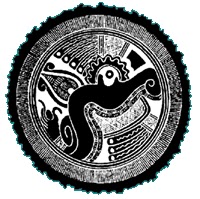 |
| Click on the "escudo" to contact us. |
